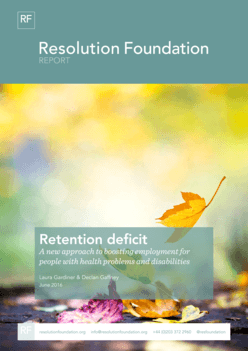Recognized names mentioned in this document
Overton only tracks names from certain institutions. Names must have been cited in at least one policy document and their corresponding affiliation has to be found nearby - you can find more details on the help page.
Ben Baumberg Geiger
at University of Kent
Ben Baumberg
at University of Kent

